Are you wondering if you are getting good cost per click on your Facebook Ad Campaigns? What are the typical results that you should be expecting?
Maybe you’ve heard people talk about getting Page Likes for 2 cents each or new Leads for 10 cents a piece on Facebook. I’m here to bring you back to reality. While those numbers happen in certain industries with certain conditions, those results are NOT typical – and as my image suggests, a little pie in the sky for most businesses.
That being said, Facebook Ads are one of the BEST ways to advertise online these days and with testing, you can easily build your list, get the word out about your business, and fill your events.
In this article, I’ll share some of the Facebook advertising campaign results that I’ve seen based on working with hundreds of different clients over the last 7 years.
I recently heard something that made me very angry. A student of mine shared that her client got upset because she was expecting 1000 signups for a free course with a $200 Facebook Ads budget. And that included the “testing” phase of the project. That equates to $0.20/signup, which is just RARE. Even for something free.
General Benchmarks for Facebook Ads
I don’t pretend to have access to vast amounts of data but I have had clients that are spending $1000/day and up on Facebook Ads, and then others that are spending $25/day in all different types of industries: B2B, B2C, local, non-profit, online products, events, schools, and more.
I like general benchmarks for some ballpark numbers but what’s important is to know your OWN numbers and do lots of testing. Ad Espresso has great data in their blog post and report The Complete Resource to Understanding Facebook Ads Cost – 2016 Q2 Results! which I highly recommend you check out.
Here are a few of my favorite charts from that report shared with permission. First CPC can vary widely by country (cost per link click in this graph).
And it can also vary quite a bit by Placement. Notice that the Audience Network is much lower for Link Click cost but I always uncheck that placement because I haven’t seen good conversions there personally. The light green is 2015 results.
And one other graph I’d like to share from Ad Espresso’s findings is the Cost per Like by Country. This data is from 2015.
Depends on the Niche, Targeting, and Type of Ad
While these benchmarks are a good place to start, different niches can see wildly different results. Sites like Salesforce and Nanigans also have Facebook Ad benchmarks based on industry.
Clearly a dentist targeting a local area with a message of “come in to get your teeth cleaned” is not quite as exciting as a someone selling dog toys online with pictures of cute puppies playing. Not that a dentist can’t be successful on Facebook – I’ve seen plenty of dentists doing great things on Facebook and even helped some with ads myself.
But I’ve put together my own set of guidelines based on my years of working with different industries. I have a range that I usually see for MOST niches I’ve worked with. Some are outside these ranges depending on the niche and what they are promoting.
Here are a few notes about each of these options:
- Cost per Engagement (promoted posts): $0.10 – $1 – I’m typically seeing better cost per engagement when something is very interesting to begin with and getting a lot of shares. So promote your most interesting posts that also further your goals. If you are promoting a more “salesy” post, it will typically be more expensive. It also depends on what type of audience you are choosing here – the Fans-only option is often less expensive since they are familiar with you.
- Cost per Page Like – $0.25 – $1.50 – again this can depend on your industry. B2B can be more challenging since the targeting can be harder.
- Cost per click – Web clicks: $0.20 – $2.00 – this depends on the topic and the targeting.
- Cost per video view – $0.02 – $0.20 – Video views are very inexpensive but you have to make sure they are part of your larger strategy.
- Cost per optin/lead – $0.50 – $5 (sometimes more depending on offer)
- Cost per sale – varies widely
These results will also depend on how your are optimizing your ads. I see much higher cost per link click when I’m optimizing for Website Conversions (this is only available if you have set up the Facebook Pixel)
And I typically see better conversions when I optimize for conversions rather than link clicks. Facebook tracks the people who are most likely to opt in to your offer or buy something and then shows your ad more often to those people (who are also within the targeting that you have specified).
Typically if something is outside these ranges, then it might be time to examine your targeting, look at different ways to optimize the ad, and do more split testing. And it could just be a function of how your niche and targeting always perform.
For example, I have a client that routinely has optin rates that are in the $25-50/optin range. But that is worth it for them because they have a high ticket item and they are able to get the return on their investment. Make sure you are calculating your ROI.
Another stat I like to watch to make sure my ads are interesting to my target market is the Click Thru Rate. CTR is the ratio of people who clicked on the ad over the number of people who saw it. It’s not always critical that you have a high CTR because truly you just care about the main goal of the ad (like driving traffic, getting optins) and whether you are achieving that goal. But an ad with a higher CTR is typically “rewarded” by Facebook with lower click prices.
You can see that sidebar ads get much lower click thru and people wonder about running them at all. But I do often keep the sidebar placement because it doesn’t use much of the Ad budget and I often get good results with my sidebar ads.
Here is how I’m typically choosing the Placements (I uncheck Instagram and run an Instagram-only ad if I want to run it so I can optimize the image and text for Instagram)
You may want to separate your mobile and your desktop ads so you can easily turn off an under-performing placement.
Estimating Your Results for Facebook Ads
One thing that frustrates me with people’s expectations of Facebook ads is that they expect them to outperform any other type of marketing in the history of marketing. And they get mad when they don’t.
If you are going to track Facebook ad ROI closely, then hopefully you are tracking the ROI of ALL of your marketing efforts so you know which tactics work best.
A couple of things I recommend to estimate and track your results:
- Know what your conversion rate is in general for the sites you are sending traffic to. What is your offer currently converting at with regular traffic? Sometimes you may not know that if your offer is new. Do a few quick tests to determine a baseline. That may shift when you start sending more traffic there but it’s a place to start!
- Figure out what return you need for your marketing. If you are selling a $3 book on Amazon, you can’t spend $4 on ads to get a sale obviously. But growing your e-mail list with targeted buyers who will buy your other books may be a good longer term strategy.
- Make sure you have tracking in place to specifically track Facebook Ad conversions. That way you will know exactly which Facebook Ads are working for you. You do this by getting the Facebook Pixel installed and setting up a conversion tracking method.
- Track conversions with Google Goals. This will help back up your data you get from your Facebook Ad reports and also help you track your conversions from other traffic. I have an ebook that can help with this: Getting Started with Social Media Measurement.
Estimating your Facebook Ad Spend is just about gathering some numbers and putting them into an equation.
We need to know the conversion rate of your offer (or product), the website click cost you normally get with Facebook Ads (feel free to use something in the middle of the range), and the desired number of leads or sales.
(Conversion Rate) * (Website Click Cost) * (Desired number of leads) = Ad Spend
Example:
Conversion rate of website = 10%
Website Click cost = $0.50
Desired number of leads = 100
(0.10) * ($0.50) * (100) = $500
With this equation, there are a couple of things to keep in mind.
- I typically see better conversion rates when I’m sending targeted traffic from Facebook to my site compared to general traffic
- It is usually much more difficult to sell directly on Facebook than to offer something for free to get leads
- With the way Facebook optimizes for conversions, it’s better to just plug in what your cost per conversion typically is rather than look at the cost per website click of a conversion ad
So in that case, I’m often getting between $1-2/conversion with my lead magnets so that’s straight math of $2/lead * 100 desired leads = $200 Ad spend.
How to Get Your Facebook Ads Costs Down
I have a few key tips to bringing your Facebook Ad costs down.
- Offer something that your audience cares about as a lead magnet. Facebook Ads are incredible. You can hyper-target your perfect customer. But spending $20 to boost your corporate sales flyer isn’t going to get any results. You need to give something away that your audience is interested in. Also test different lead magnets. I’ve had clients that have used the exact same title and content for a webinar and then turned it into an Ebook and more than doubled their optin rate.
- Split test your ads. This is a big way to get your costs down – test different target demographics, different images, and different types of ads. Turn off the ads that are under-performing and only run the ads that get the best conversions. Learn more about Split Testing.
- Target your warm audience. Typically your warm audience – the people who already know you – are going to give you the best results. You can target your e-mail subscribers, your website visitors, and your current Facebook Fans with ads. You might say, well those people already see your messages. But they need reinforcement! How many times to you purchase something the instant you see it? More often than not, we are getting reminders. Not everyone opens their e-mail or reads every blog post you have. Obviously, you don’t have to target your e-mail subscribers if you are trying to grow your list but you can target all the people who have visited your website EXCEPT the people who have already signed up for your newsletter.
Facebook ads are powerful. And they are one of the lowest cost places to advertise online today. You can save so much of your marketing budget by only focusing your ads to the people who are your ideal client. When you measure your marketing efforts, you can make smarter choices about what channels to focus on and which activities to drop.
But just make sure your expectations are grounded in reality. Now I’m going to go have a slice of pie.

Need to know more about Facebook Advertising? These are the kinds of things I teach in my online course, Facebook Advertising Secrets. I’ve had over 300 people take my course and you get access to all the future updates when you sign up. Join us!
How about you? What types of results do you usually see with your Facebook Ad Campaigns? I’d love to hear your thoughts in the comments below.




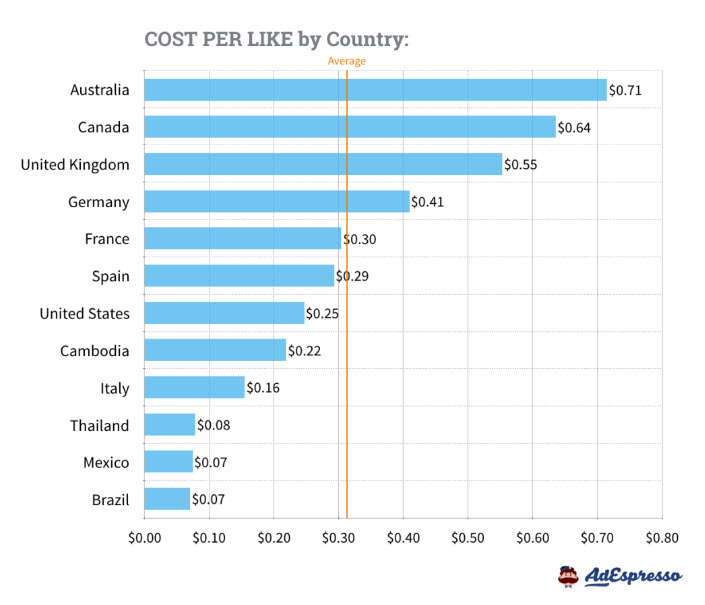




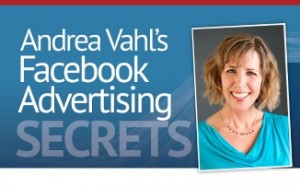




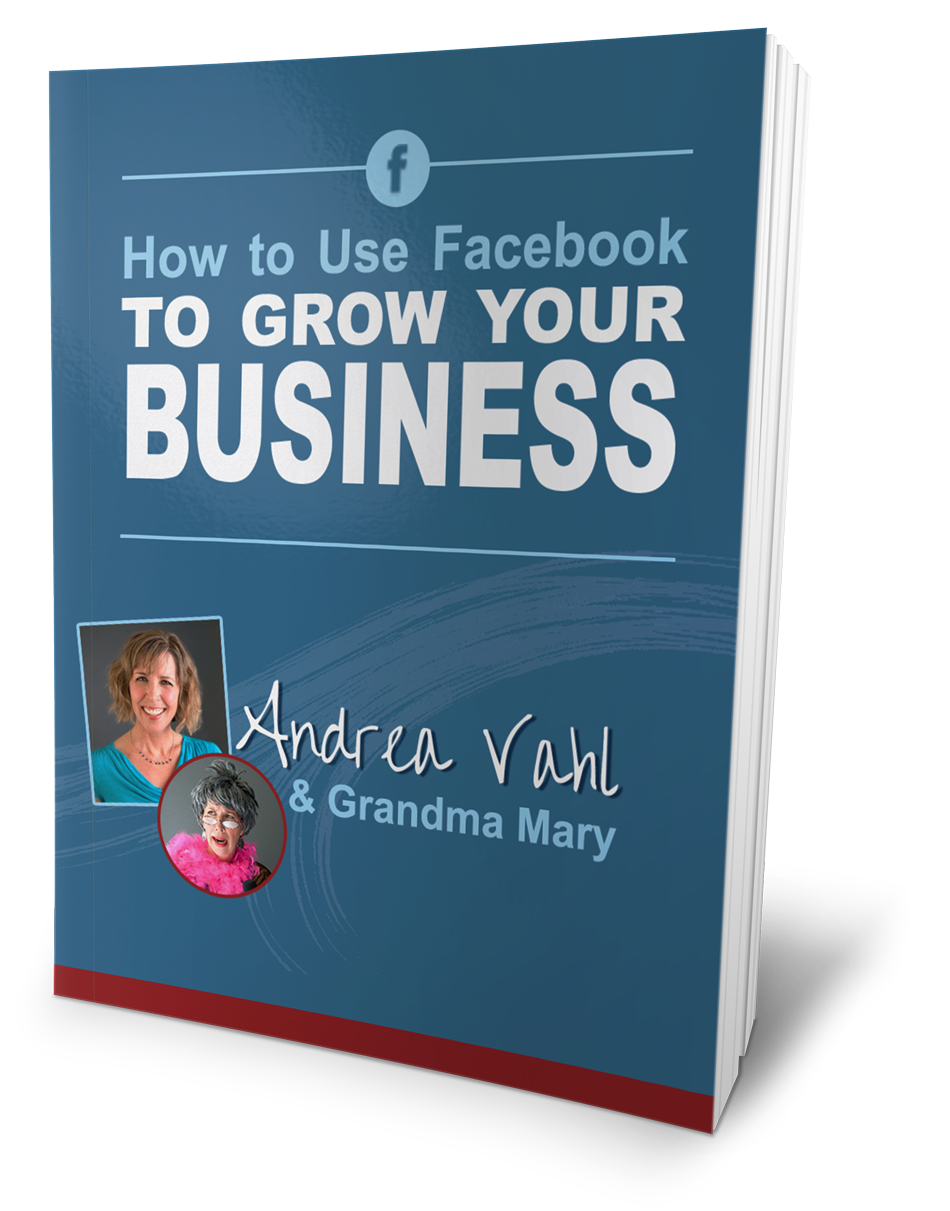




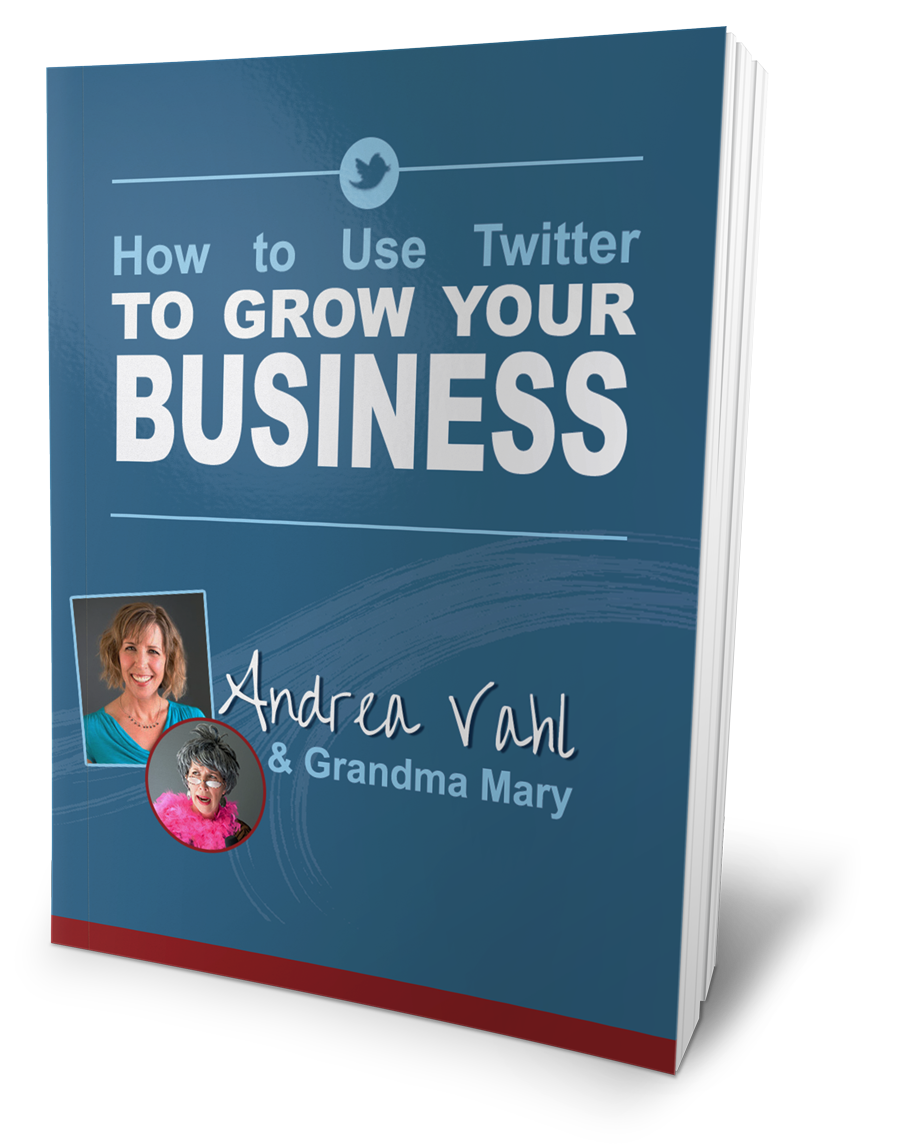
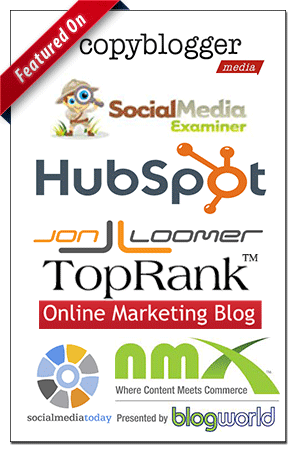











Great post thank you for sharing awesome information………..
http://www.rationaltechnologies.com/
Another incredibly helpful post. Thank you Andrea.